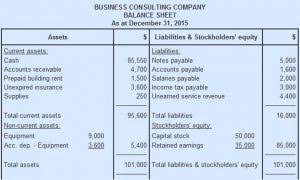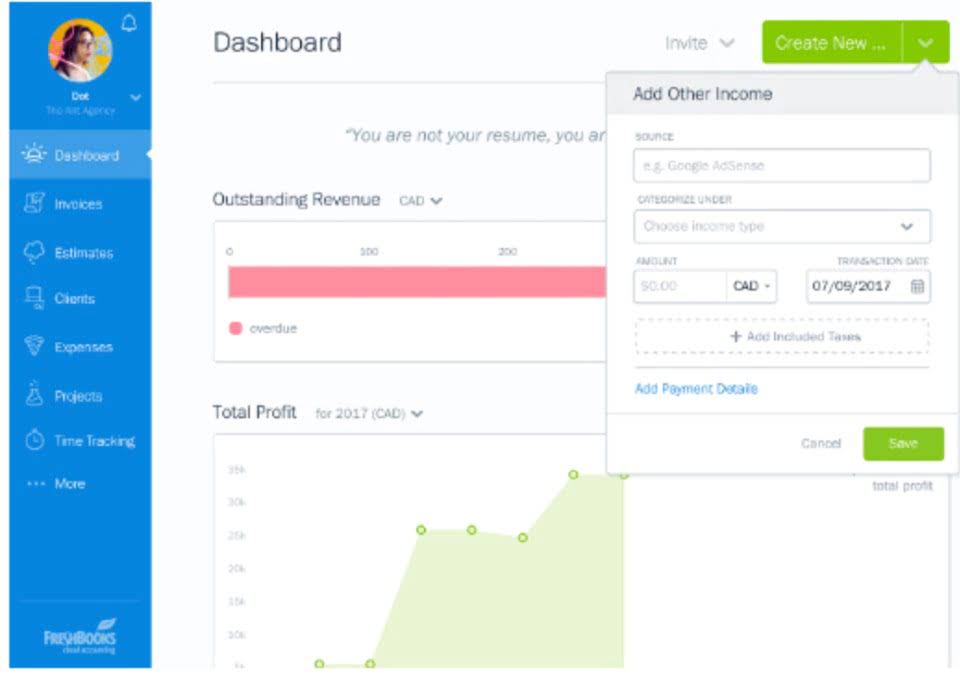
A common misconception about nonprofit budgeting is that because nonprofits by definition can’t turn a profit, their operating budgets always have to break even. An operating budget is not just a financial document; it’s a reflection of a nonprofit’s commitment to achieving its mission. It outlines the expected income and expenses for a specific period, often a fiscal year, and serves as a guiding light for fiscal responsibility. An effective operating budget ensures that nonprofits allocate their resources wisely, prioritize their activities, and stay on course toward their goals. With this comprehensive annual nonprofit operating budget template, you’ll get quarter-by-quarter and yearly insights into income and expenses. To calculate year-end budget totals, contrast income (e.g., sales, contributions, fundraising, etc.) with expenses (e.g., office equipment, transportation, utilities, etc.).

Another unique aspect of nonprofit budgeting has to do with expense allocation methods. Allocating funds and prioritizing spending are both part of accounting services for nonprofits. Effective budget management lies at the heart of a nonprofit’s ability to deliver on its mission-driven goals and make a tangible impact in the community. By optimizing budget management, nonprofits can allocate resources more efficiently, enhance transparency and accountability, and focus their efforts where they matter most. Partnering with Rooled can simplify and enhance the process of budget management, allowing nonprofits to concentrate on their primary mission without the stress of financial intricacies. To ensure that your nonprofit is adequately funded, be sure to set a separate budget for each department within your overall financial plan.
Master Your Nonprofit’s Budget with Nonprofit Budget Templates from Smartsheet
This template should include line items for all of the above expense categories, as well as others that may be specific to your organization. Once all expenses have been accounted for, you can then begin to allocate funds to each category. When we discuss budgeting here, we are typically referring to an operating budget, the budget of income and expenses to operate the nonprofit.
The first step in creating a nonprofit budget is to determine the organization’s financial goals and objectives. This will help to ensure that the budget is aligned with the organization’s overall strategy and that resources are being how to calculate operating budget nonprofit allocated in a way that supports the achievement of these goals. A well-formulated nonprofit operating budget allows for the best use of limited nonprofit resources and focuses on the primary goals and objectives of the organization.
Over a Century of Experience in Nonprofits and Fundraising
Your annual unrestricted surplus should be sufficient to meet debt obligations, fund depreciation, and add to operating reserves. AAFCPAs recommends a 3-5% surplus operating budget each year, and four to six months of expenses in your operating reserves. Keep in mind the difference between fixed and variable costs when you are tracking expenses. Variable costs are directly tied to events, increasing or decreasing and changing with each situation. Since you have some control over these expenses, this is where a lot of decision-making will happen.
Therefore, it can be helpful to establish these first and figure out what’s left. By following these five steps, you can create a nonprofit operating budget that sets you up for financial stability and growth. This category includes all the costs of hiring and retaining staff—including salaries, payroll taxes, health insurance, retirement contributions, and other benefits. Nonprofit organizations need to budget enough for these expenses to ensure they can attract and retain qualified staff while remaining financially sustainable.
How to determine nonprofit income for a budget?
This organization raises, manages, and disperses scholarship funds for tall individuals entering their first year of higher education. However, if you find it difficult to keep track of your organization’s finances or if you feel that a historical budget is more reflective of your organization’s needs, you may want to stick with that method. However, if you feel that it is more important to have a budget that is easier to create and that reflects past spending patterns, you may want to use a historical budget. This is a standard accounting report that shows how much was budgeted year to date compared to how much has actually been spent.
Including contracted services in the budget lets you plan and allocate funds for these essential services. Last, up to half a year after the operating budget’s fiscal year, an audit will occur. This audit will determine if the previous year’s resources were managed appropriately and inform the following year’s budget. Capital budgeting is the process of making long-term capital asset investments and financing decisions. Capital assets are long-lasting assets that advance the organizational mission and assets, i.e., land, facilities, and costly equipment.
